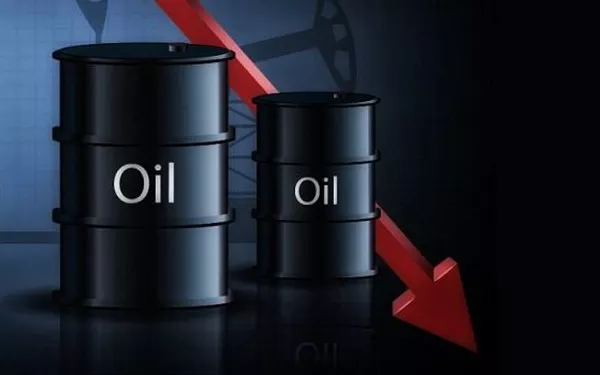West Texas Intermediate (WTI), the US crude oil benchmark, reached $72.95 in early Asian trading on Wednesday, marking a two-week high as geopolitical tensions in the Middle East intensify.
The price surge comes amid growing concerns over supply disruptions, particularly in Russia and Iran. The latest US sanctions on the Russian oil industry, imposed in January, have fueled these fears. PVM oil analyst John Evans noted, “With the U.S. bearing down on Iranian exports and sanctions still biting into Russian flows, Asian crude grades remain firm and underpin the rally from yesterday.”
Further geopolitical risks in the region are adding upward pressure on WTI. Israeli Prime Minister Benjamin Netanyahu warned that if Hamas did not release Israeli hostages by noon Saturday, a fragile ceasefire in Gaza would collapse. This statement followed US President Donald Trump’s call on Monday for Hamas to free all prisoners by Saturday noon or face the possibility of the ceasefire’s cancellation, which could further escalate tensions.
However, a sharp increase in US crude inventories may limit further gains for WTI. The American Petroleum Institute (API) reported a rise of 9.043 million barrels in US oil stockpiles for the week ending February 7, far exceeding market expectations of a 2.8 million barrel increase.
Meanwhile, President Trump’s decision to raise tariffs on steel and aluminum imports to 25% has raised inflationary concerns. Analysts believe these tariff policies could put additional pressure on the Federal Reserve to maintain elevated interest rates, which might strengthen the US dollar and negatively affect the price of USD-denominated commodities like oil.


